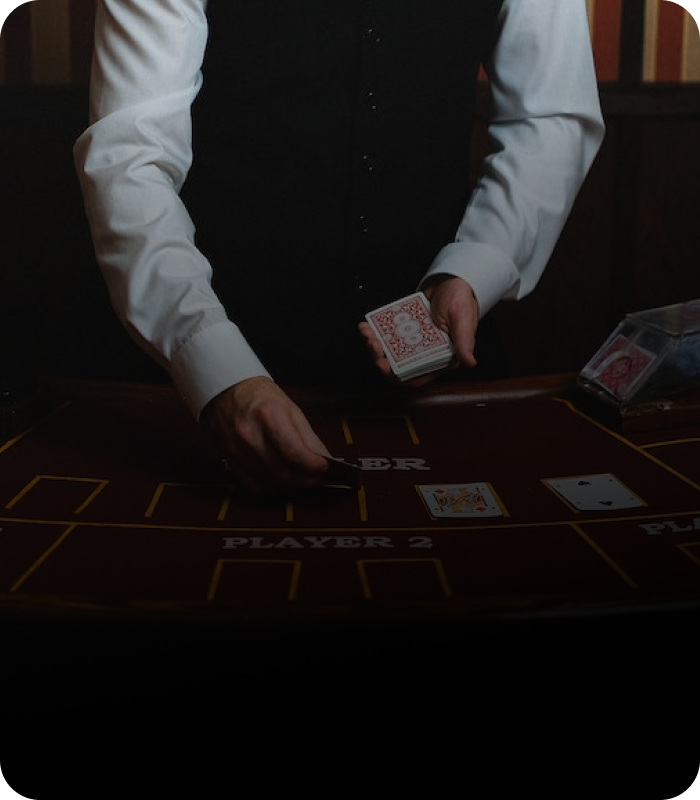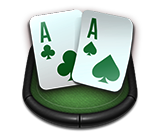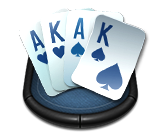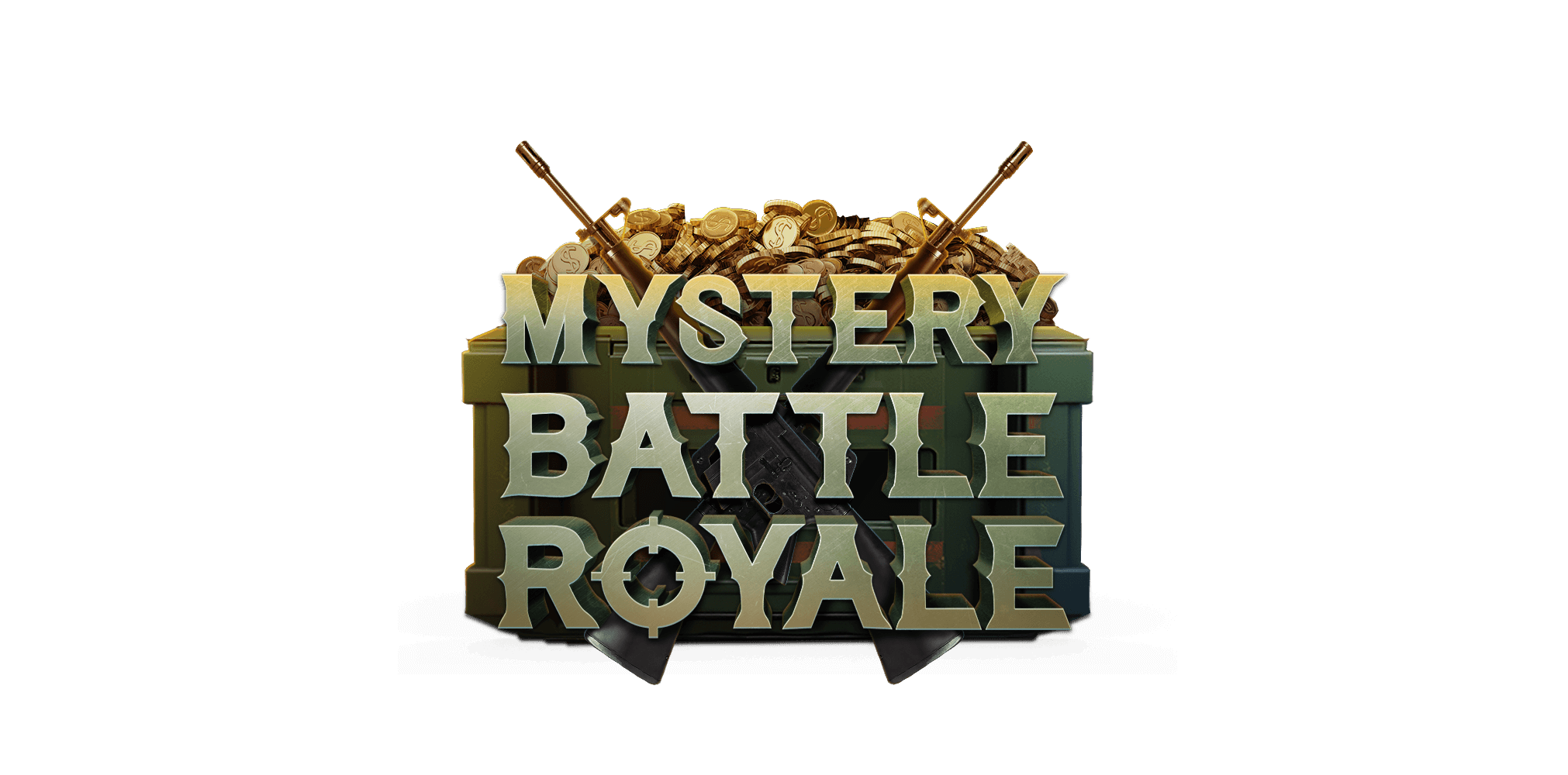
Introduction to Chinese New Year
Chinese New Year, also known as Lunar New Year or Spring Festival, is the most important traditional Chinese festival in Chinese culture. It is related to the Chinese Zodiac animals which have lucky meanings, and it typically falls between January 21st and February 20th.
During Chinese New Year, families gather to have a big meal together and exchange gifts (often the lucky red envelopes) at a Chinese New Year party. Red decorations, such as lanterns and banners, are commonly used to decorate homes and streets. Red is considered a lucky colour in Chinese culture and is believed to ward off evil spirits. Fireworks and dragon and lion dances are also commonly seen during the festival.
One of the most common Chinese New Year activities is for people to play gambling games with their friends and family. It is usually a fun activity that allows for people to strengthen bonds with their loved ones and spend good quality time laughing and enjoying themselves.
Another fun fact is that Chinese New Year is celebrated not just in China, but also in other countries with significant Chinese populations, such as Singapore, Malaysia, Indonesia, Vietnam, and also many other countries. With this, wherever you are, gather your family and friends for this joyful time of the year and enjoy playing these 8 amazing Chinese New Year games.
Mahjong
 Mahjong is one of the oldest gambling games in the world and is played with tiles. It is a game that definitely requires great strategic thinking and a good memory. The most common variant is to play with four players and the goal is to be the first to form certain winning patterns with your 14 tiles.
Mahjong is one of the oldest gambling games in the world and is played with tiles. It is a game that definitely requires great strategic thinking and a good memory. The most common variant is to play with four players and the goal is to be the first to form certain winning patterns with your 14 tiles.
The game is played with 144 tiles, divided into three categories: Suits, Honours, and Bonuses. Suits consist of 36 tiles, with each suit having four sets of nine tiles (e.g. bamboo, characters, circles). Honours consist of 28 tiles, including winds (east, south, west, north) and dragons (red, green, white). Bonus consists of 32 tiles, including seasons and flowers.
Each player starts with 13 tiles, and the 14th tile is drawn from the wall. Players take turns drawing and discarding tiles, with the goal of forming sets of matched tiles (pungs, chows, and kongs) and a winning hand. A winning hand typically consists of four sets and a pair, and a player must have at least one “Yaku” (scoring element) in their hand.
The rules of mahjong can vary depending on the specific version of the game being played. But in general, the basic rules involve the following:
Drawing and discarding tiles
Pungs: a set of three identical tiles
Kongs: a set of four identical tiles
Chows: a set of three consecutive suited tiles
Dora: bonus tiles that can increase the value of a hand
Rinshan: a winning hand completed by a kan
Ron: winning by a discarded tile
Tsumo: winning by drawing the winning tile from the wall
Mahjong can be a complex game with many different rules and variations, but the basic goal is to form winning patterns with your tiles and score points.
Chinese Poker
This is a gambling card game that is played with a standard deck of 52 cards. The game is played with three players, and the objective is to have a stronger hand than the other players in each of the three rounds of play.
In each round, each player is dealt 13 cards, and they must divide the cards into three hands: two hands of five cards (the “back” and “middle” hands) and one hand of three cards (the “front” hand). The back hand must be the strongest hand, followed by the middle hand, and then the front hand.
After each player has set their hands, they reveal them to the other players and compare them. The player with the strongest hand in each round earns one point, and the player with the weakest hand loses one point. If there is a tie, no points are awarded.
The game is usually played for a fixed number of rounds or for a fixed amount of time, and at the end of the game, the player with the most points wins. It is important to understand the value of the hands in order to make sure you produce the best possible hand with the cards you have. Here are the possible card combinations ranked from best to worst:
Royal Flush: A, K, Q, J, 10 – all cards of the same suit
Straight Flush: 5 cards in sequence, all of the same suit
Four of a Kind: 4 cards of the same rank
Full House: 3 of a kind combined with a pair
Flush: 5 cards of the same suit
Straight: 5 cards in sequence of any suit
Three of a Kind: 3 cards of the same kind
Two Pair: 2 separate pairs
Pair: 2 cards of the same kind
High Card: Unrelated cards ranked by the highest single card
Chor Dai Di (Big 2)
 Also known as Big 2 or Dai Di Big, this is a popular card game played in Asia. The game is similar to other traditional card games like poker but with a few distinct differences. Although it might be somewhat confusing at the beginning, it is actually a simple game when you get the hang of it.
Also known as Big 2 or Dai Di Big, this is a popular card game played in Asia. The game is similar to other traditional card games like poker but with a few distinct differences. Although it might be somewhat confusing at the beginning, it is actually a simple game when you get the hang of it.
It is played with a standard deck of 52 cards, and each player is dealt 13 cards at the beginning of the game. The objective of the game is to be the first player to get rid of all of their cards. The game is played in a clockwise direction, and the player who starts the game is determined by the highest double in the deck.
The value in terms of suits from highest to lowest is Spades, Hearts, Clubs, and Diamonds. Regarding numbers and figures, 2 of Spades is the strongest card in the game (hence the name Big 2) and 3 of Diamonds is the lowest card.
The rules of the game are as follows:
Players can play a single card, a pair of cards, a triplet or four of a kind, or a straight
A single card must be higher than the previous card played
A pair of cards must be higher than the previous pair played
A triplet or four-of-a-kind must be higher than the previous triplet or four-of-a-kind played
A straight must be higher than the previous straight played
The player who plays a card or a combination of cards must pass the turn to the next player if they cannot play a higher card or combination of cards
The player who gets rid of all of their cards first wins the game
It may take some time to master the rules and strategies of the game, but once you do so, you’ll discover how amazingly fun it can be!
In Between
This is an extremely fast-paced game that has been gaining popularity in recent years, and it is equally fun to play this regardless of whether you’re in a big or a small group.
To start, every player in the game places their bets in a pool and then each is given 2 cards. The pool becomes the maximum amount a player can bet in a turn. Now, the player has to decide whether his/her next card will have a value which is in between the two initial cards. The ace has the smallest value (1) and the king has the largest (13).
If the third card is in between the first two cards, the player wins and takes the amount she bet from the pool. Otherwise, the bet is added to the pool, making it more attractive to the next player. The game ends when there’s no money left in the pool.
It is a fun and engaging card game which is also popular in casinos and gambling houses.
Ngau (Ox)
The name of the game means “Ox” in English, and it actually originated in Malaysia. The game uses a standard deck of 52 cards, with thirteen cards in four suits. A group of 10 people, plus the Dealer, is the maximum number of players for this particular game.
The latter deals 5 cards to each player, putting the extra cards aside, and each of them will need to have an “Ox” or “Passport” to be allowed to play. To do so, the player has to possess 3 cards that add to a multiple of 10 (10, 20 or 30). The remaining two cards determine how strong their “Ox” is. The highest score one can have with these two cards is 10, so if the sum of the cards is 14, the value will be 4 (the rightmost digit).
Each type of “Ox” has different rankings which you can find below from highest to lowest:
Five Dukes: All five cards have values of 10
Ngau Tonku: The other 2 cards are made of an Ace of Spades & a picture (J,Q,K). For Aces of other suits, that is called “nenku” and only counts as 1
Double Ox: The other 2 cards are equal in face values (not Ox values). It’s ranked by the face value of the double.
Ordinary Ox: Ranked by the sum of the other 2 cards (if the sum is greater than 10, take the remainder after subtraction of 10)
Just like Blackjack, the players are playing against the Dealer and not amongst each other. A player wins if their hand is more powerful than the Dealer’s. The scoring model is the following:
Ordinary Ox: 1 point
Double Ox: 2 points
Ngau Tonku : 5 points (triple pay)
Five Dukes: 10 points
This is another fast-paced game that will surely entertain your friends and family for quite some time.
Sic Bo
 A dice game played with three dice. The game is played on a table with various betting options. Players place their bets on the outcome of the roll of the dice, and the dealer then shakes the dice in a container called a “bird cage” and reveals the outcome.
A dice game played with three dice. The game is played on a table with various betting options. Players place their bets on the outcome of the roll of the dice, and the dealer then shakes the dice in a container called a “bird cage” and reveals the outcome.
The basic rules of the game are as follows:
The player places their bets on the outcome of the roll of the dice
The dealer then shakes the dice in the bird cage and reveals the outcome
If the outcome of the roll matches the bets of the player, the player wins
There are many different types of bets that can be placed in Sic Bo, including betting on the total of the three dice, betting on specific numbers, and betting on specific combinations of numbers. The payouts for these bets vary depending on the likelihood of the outcome occurring.
It is important to note that Sic Bo is a game of chance and there is no way to influence the outcome of the roll of the dice. Apart from the luck derived from the rolling of the dice, which you cannot control, your goal as a player is to make a prediction on either the exact number or set of numbers displayed, or the sum of the outcomes.
Check out our guide to how to play sic bo for more information on the rules and game strategy.
Fish Crab Prawn
 This is a pretty straightforward Chinese board dice game. This game is somewhat based on pure luck. The board has six pictures, namely a Crab, Gourd, Fish, Moon, Chicken, and Prawn. The player picks the combination of images they want to bet in and rolls the dice. If the picture the player bet appears on the dice, he/she wins.
This is a pretty straightforward Chinese board dice game. This game is somewhat based on pure luck. The board has six pictures, namely a Crab, Gourd, Fish, Moon, Chicken, and Prawn. The player picks the combination of images they want to bet in and rolls the dice. If the picture the player bet appears on the dice, he/she wins.
Traditionally, Fish Crab Prawn has the following payouts:
1:1 for one matching symbol
2:1 for two matching symbols
3:1 for three matching symbols
30:1 for any triple
It’s really inexpensive to get a board set to play this game, which makes it even more appealing for your quality time with your friends and family.
Indian Poker/Bluff
Last but not least, here comes the game where you can test if you really know how to read your loved ones. The gameplay and rules are quite simple and you’ll see why this game is a storm of laughter:
Each player receives one card, which is placed on their forehead facing outward so that the other players can see it
Players are not allowed to look at their own card
Players then place bets based on the value of the card they believe they have been dealt
The player with the highest-valued card wins the pot
In case of a tie, the pot is split among the tied players
Now that you’ve been introduced to the Great 8, pick your favourite and get ready to have the most amazing Lunar New Year with your friends and family!

.webp)




























